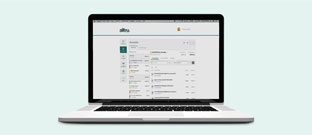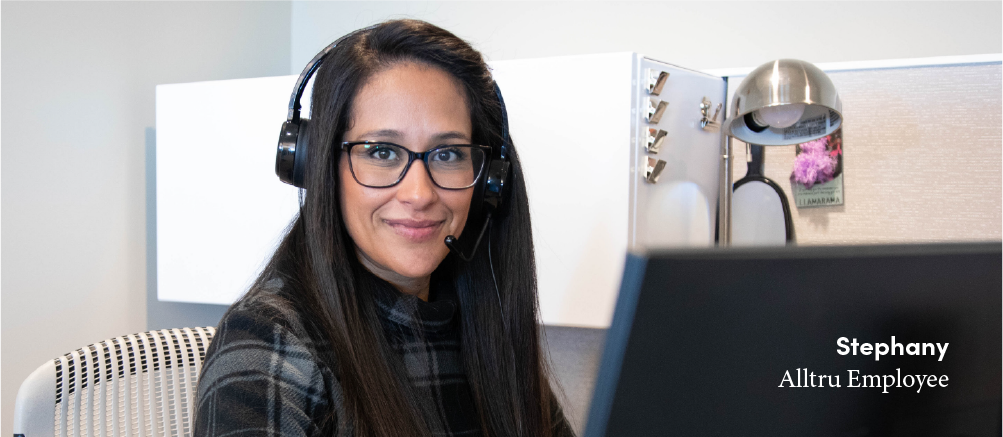My husband and I are first-time home buyers and recently purchased our first home in the Florissant area. Our original goal was to save for a down payment and buy a home in the next few years, but we managed to achieve it in just a year and a half, with significantly less in savings than we planned. Like many lenders, ours offered us a mortgage even though we were putting down less than the typical 20%. The catch? We have to pay for Private Mortgage Insurance (PMI).
PMI is a type of insurance that protects the lender if you are unable to make your mortgage payments. The finance industry assumes that when a buyer puts down at least 20% on a home, they are less likely to abandon their investment. PMI is a safeguard for the lender in case you stop making your payments. If you put down less than 20%, your lender considers you a higher risk, which is why PMI is required.
As a clarification, PMI does not protect you. You must make your mortgage payments on time! Even if you have PMI, you can lose your house to foreclosure if you don’t make your monthly mortgage payments.

MPI, or mortgage protection insurance, is what protects you in case you can’t make your monthly payments in certain circumstances. You can buy MPI regardless of the amount of equity you have in your home. It isn’t necessary, but it could protect you in case of a severe situation later in life while you’re still paying back your mortgage.
In short, if you are buying a house and are putting less than 20% down, you will be required to have PMI. Fortunately, you don’t have to find an insurer. Your lender will work behind the scenes to arrange an insurer for your mortgage.
Even though PMI is mandatory for future homeowners putting down less than 20%, you may still have some options of when you pay for PMI. Often, the cost is built into your monthly bill. This gives you one simple payment to cover both your mortgage and your PMI. This is known as a monthly premium. You may have the option to pay for PMI up front when you close on your house. This is known as an up-front premium.
One downside to PMI is that if you refinance your mortgage or sell your house later, you may not receive any of your PMI payments back. You may have the option to pay both up-front and monthly premiums. By paying both, your monthly premiums would cost less monthly than if you only pay through monthly premiums.
The cost of PMI can vary due from home to home and homeowner to homeowner. PMI is a percentage of your home’s sale price. Typically, the average cost ranges from 0.5%-2% of your loan amount per year. PMI costs are based on the size of your loan and your credit score. The larger the loan, the higher your PMI cost.
If you are buying a house and are putting down 20% or more, you will not need PMI.
If you plan to buy a house with less than 20% down and need PMI, it’s ok! It’s how you are able to buy a home years before you could otherwise. Once you pay enough of your loan back and have 22% home equity, you can remove your PMI from your mortgage.
Because of PMI, we were able to buy our house earlier than if we wanted to wait until we saved 20% of the home’s sale price. This does mean that our monthly payments are higher than they could be. If we had saved 20% to put down, we would have a smaller monthly payment and no PMI. In our situation, our mortgage and PMI payments cost us less than our previous rent, so buying a house with PMI was worth it to us.
No matter if you have 5% or 20% of your dream home’s sale price saved, talk to Alltru to start the homebuying process.







